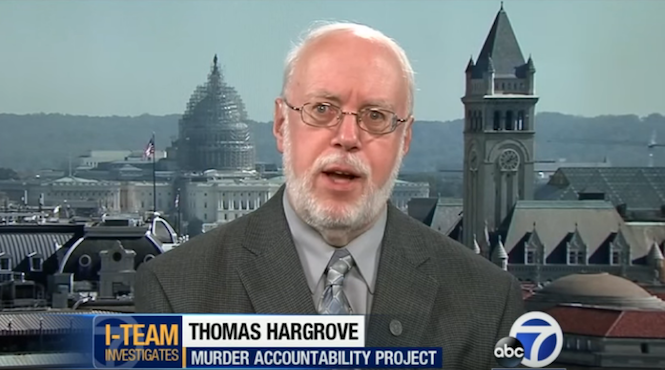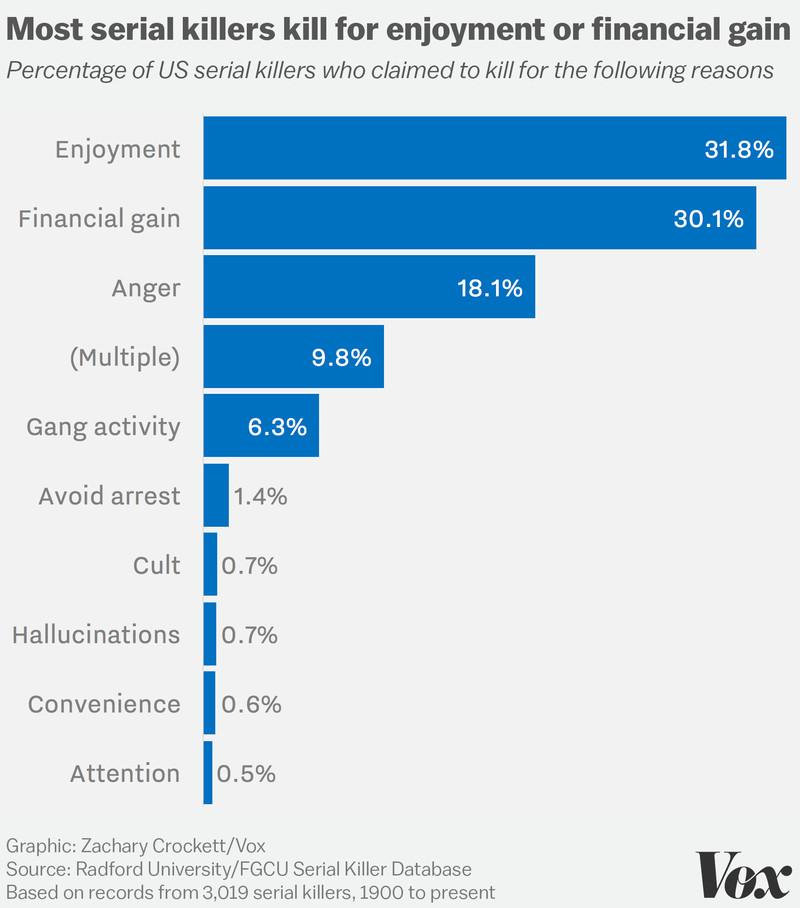OF THE
TIMES
A nation that continues year after year to spend more money on military defense than on programs of social uplift is approaching spiritual doom.
...next part... In Davos 2024, the scarecrows have completely reversed themselves, raising the stakes even higher. Ursula von der Leyen, a...
...next part.... At this point, another structure should be mentioned, which ignorant people automatically oppose to "imperialists" (traditional...
Must read... Although the time of our enemies, the social parasites on our planet, has come to an end, they do not intend to give up and we intend...
If I was a horse, I would get crazy in the presence of so many psychopathic predators, too.
Repeat: HEALTH IS SIMPLE!! All it takes is minimum ESTEEM of SELF.
To submit an article for publication, see our Submission Guidelines
Reader comments do not necessarily reflect the views of the volunteers, editors, and directors of SOTT.net or the Quantum Future Group.
Some icons on this site were created by: Afterglow, Aha-Soft, AntialiasFactory, artdesigner.lv, Artura, DailyOverview, Everaldo, GraphicsFuel, IconFactory, Iconka, IconShock, Icons-Land, i-love-icons, KDE-look.org, Klukeart, mugenb16, Map Icons Collection, PetshopBoxStudio, VisualPharm, wbeiruti, WebIconset
Powered by PikaJS 🐁 and In·Site
Original content © 2002-2024 by Sott.net/Signs of the Times. See: FAIR USE NOTICE


Reader Comments